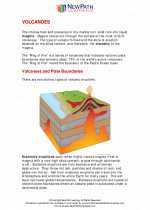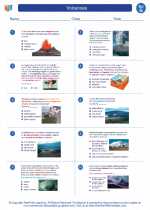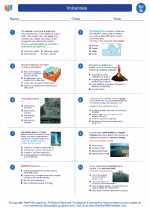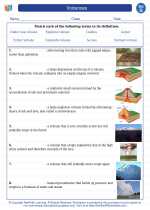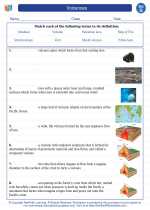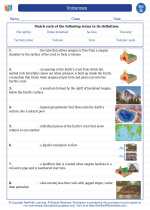Quaternary Period
The Quaternary Period is the most recent geologic time period, spanning from 2.6 million years ago to the present day. It is characterized by the presence of abundant glacial and interglacial cycles, the evolution and migration of early humans, and the extinction of many large mammals.
Key Events and Features of the Quaternary Period
- Glacial and Interglacial Cycles: The Quaternary Period is marked by frequent fluctuations between cold glacial periods and warmer interglacial periods. These cycles have had a significant impact on the Earth's landscapes, shaping features such as moraines, eskers, and glacial valleys.
- Evolution of Early Humans: The Quaternary Period saw the emergence and diversification of early human species, including Homo habilis, Homo erectus, Neanderthals, and eventually Homo sapiens. These species adapted to various environmental conditions and developed complex tools and technologies.
- Megafaunal Extinctions: During the Quaternary Period, numerous large mammals, collectively known as megafauna, went extinct. These extinctions have been attributed to a combination of factors, including climate change, human hunting, and habitat loss.
- Climate Change: The Quaternary Period has been characterized by significant climate variability, with periods of both cooling and warming. The presence of ice ages and the impact of human activities on the climate are important aspects of this period.
Study Guide for the Quaternary Period
- What are the major characteristics of the Quaternary Period?
- Describe the glacial and interglacial cycles that occurred during the Quaternary Period.
- How did early humans evolve and adapt during the Quaternary Period?
- What factors contributed to the extinction of megafauna during this time?
- Discuss the role of climate change in shaping the landscapes and ecosystems of the Quaternary Period.
Studying the Quaternary Period provides insights into the dynamic interactions between climate, ecosystems, and human evolution. By understanding the key events and features of this period, we can better comprehend the Earth's past and its influence on the present day.
.